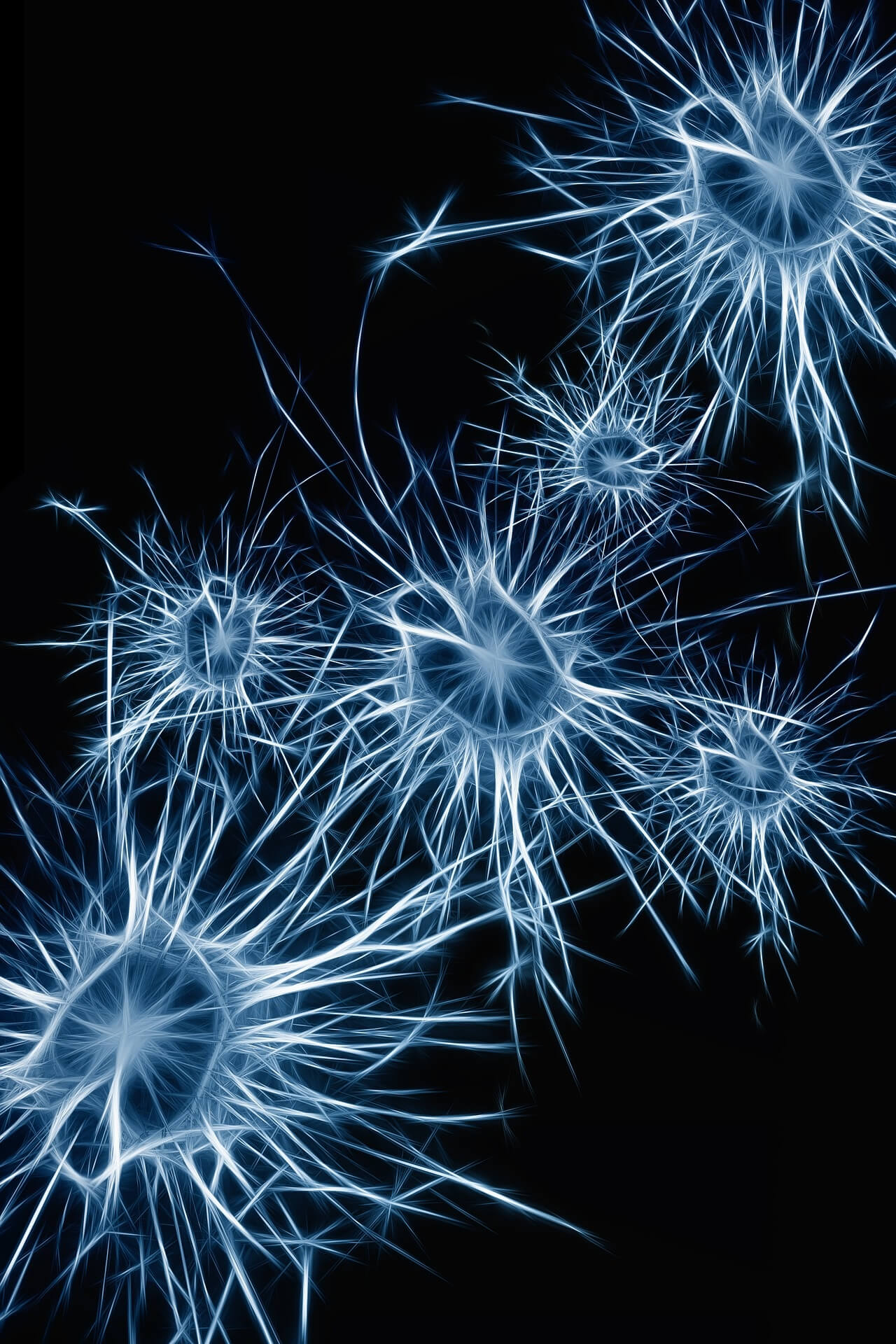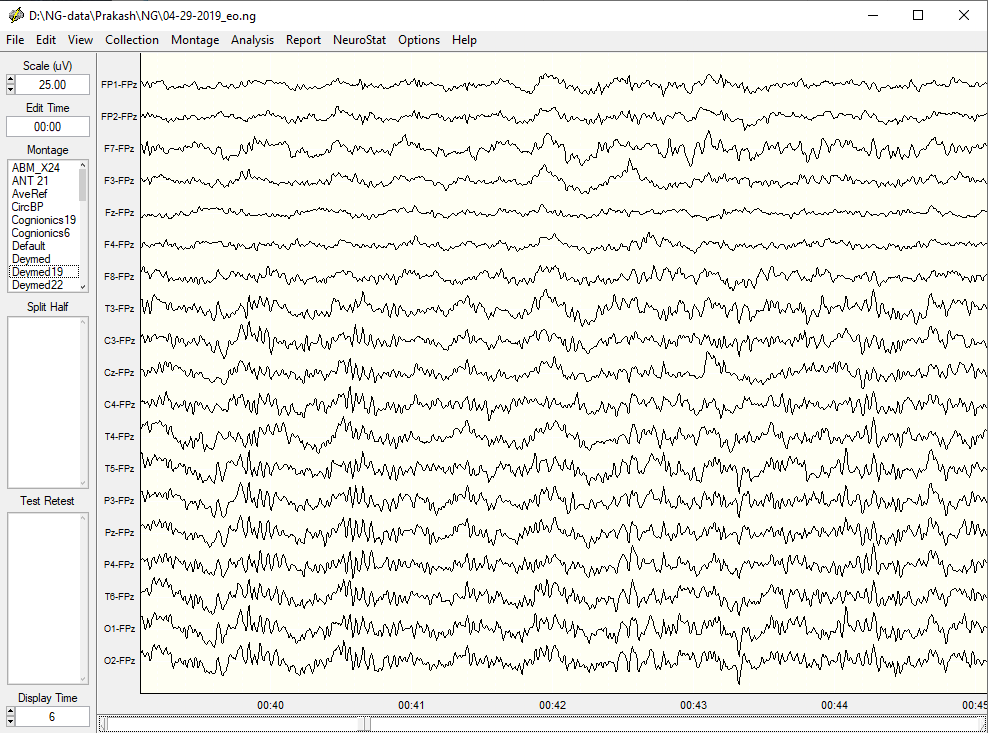EEG details
Brain waves
Different brain wave frequencies, called bandwidths, relate to different mental states. They are named after letters of the Greek alphabet. Neurofeedback therapy is used to reduce or increase specific brainwave frequencies depending on the problem.
Delta is the slowest frequency of brain wave activity, measuring .5 to about 4 cycles per second (Hertz, hz). Frequency is a measurement of the oscillations, or the cycles per second, of the brain waves. This electrical activity is hypothesized to emerge from vast aggregates of neurons as they communicate and process information. The source of this activity is the postsynaptic changes in electrical potential along the membrane of the neural dendrites (define dendrites here). Delta is only seen in the adult EEG in the deep sleep state that occurs mostly within the beginning of the sleep cycle. If it is seen in the waking state in an adult, it could indicate some type of abnormality.


The next brainwave bandwidth is Theta. Theta occurs between 4 and 8 cycles per second. Theta in the adult EEG can indicate drowsiness or certain abnormalities. Sometimes people with head injuries will show excessive Theta activity either at the sight of the injury or other areas of the brain. Theta has also been found to be outside the normal range in some children exhibiting ADD, ADHD and learning disabilities.
The next bandwidth is Alpha. The mental state of Alpha is similar to putting the clutch in before shifting the gears; it is sort of a holding pattern. Approximately Ninety-five percent of the population has a peak Alpha frequency with eyes closed, which is considered normal. Alpha predominance essentially represents a brain that is quiet and at rest. An important point is that Alpha ranges from 8 to 12 cycles per second. There is some research that shows a difference in the mental activity of 8 cycles per second Alpha versus 12 cycles per second Alpha. In other words, you might have more focused thinking at 12 cycles per second Alpha than at at 8 cycles per second. We are finding that the bandwidths are very broad and are used to identify the morphology, that is, the shape of the waves. Specific frequencies within those bandwidths may correlate with slightly different mental activity.
Beta is anywhere from 13 cycles per second to over 32 cycles per second. This is where things get interesting. Low frequency Beta, between 13 and 15 cycles per second, is often referred to as “sensory motor rhythm” and seems to be a very important rhythm for reorganizing basic functions ofthe brain. It is being used for ADD and learning disabilities, as well as a variety of emotional problems, and for peak performance models. Low frequency Beta waves are associated with coordination of many areas of the brain. By teaching an area of the brain to make more low frequency Beta activity, it effects many pathways within the brain in many different ways. We focus on this frequency often for sleep disorders. From 15 hz on up, we speed up in frequency so the brain becomes more focused, more concentrated … up to about 20 hz. From 20 hertz on, too much Beta activity can backfire, with too much activity and electrical noise occurring in the brain. You see functioning, organizational and concentration abilities start to deteriorate from about 20 hertz and up. However, some researchers are now study9ing extremely high frequencies of Beta, from the 100 cycle per second range all the way up to the 120-hertz range in specific areas of the brain, primarily the temporal areas on the sides of the head. They hypothesize that there is a correlation between these very high frequencies and psychic abilities, as well as advanced levels of meditation where the meditator experiences a dramatic shift in consciousness known as transcendence.


